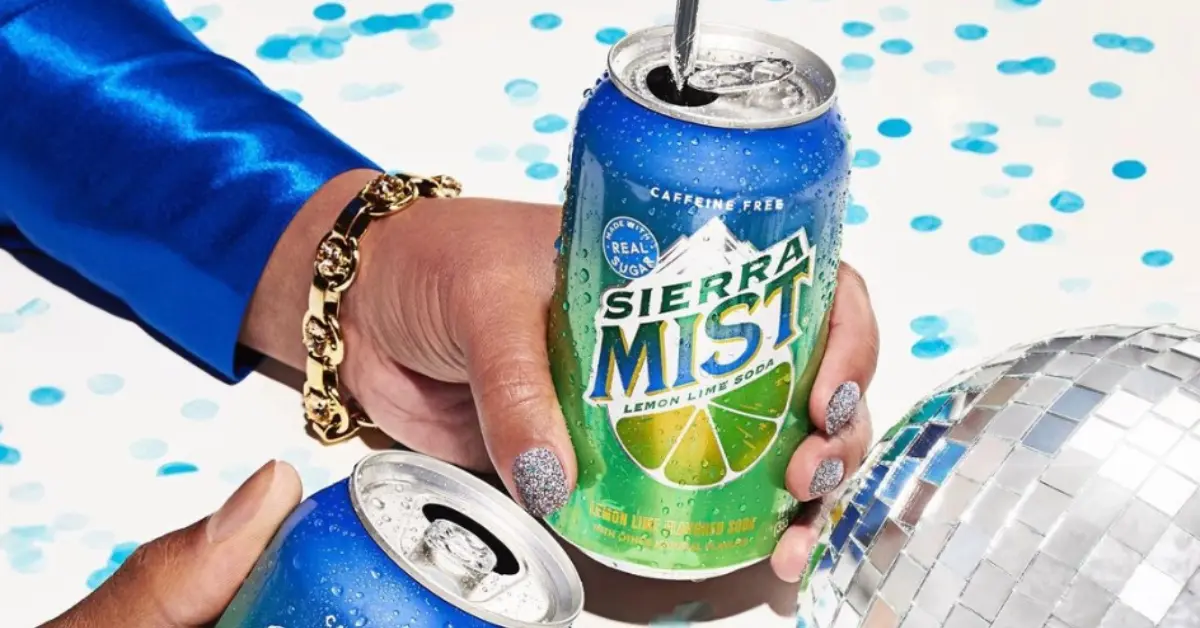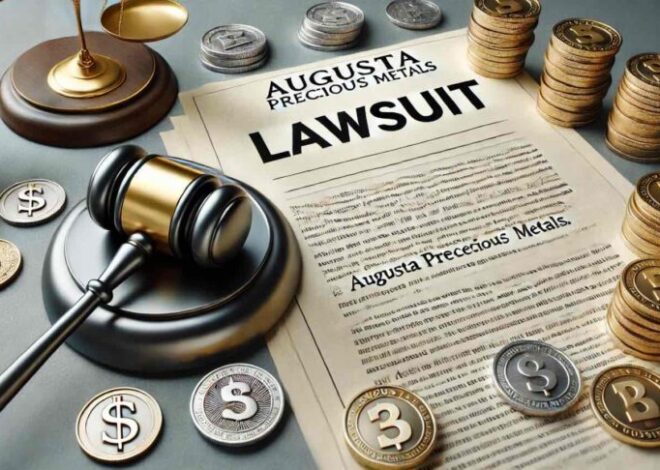
Understanding the Sierra Mist Lawsuit: Legal Controversies and Consumer Rights
Table of Contents
ToggleIn recent years, consumer goods companies have faced lawsuits over everything from misleading advertising to unsafe ingredients, and Sierra Mist, a well-known lemon-lime soda brand owned by PepsiCo, is no exception. The “Sierra Mist lawsuit” has become a subject of significant interest, as the beverage’s formula and marketing practices have drawn the attention of consumers and legal authorities alike. As a popular alternative to other sodas like Sprite and 7UP, Sierra Mist has enjoyed a loyal following, but it’s also found itself at the heart of legal challenges that question the transparency and fairness of its claims.
In this article, we will explore the details surrounding the Sierra Mist lawsuit, including the causes behind the legal action, its implications for consumers, and the broader context of class action suits in the food and beverage industry. By examining the lawsuit’s developments, we hope to shed light on the significance of the legal process for both Sierra Mist’s consumers and its corporate parent, PepsiCo.
The Origins of the Sierra Mist Lawsuit
The Sierra Mist lawsuit first came to the forefront due to allegations surrounding the product’s ingredients and its marketing practices. At the heart of the issue, consumers raised concerns about the accuracy of the information provided on the product’s labeling, particularly regarding the presence of high fructose corn syrup (HFCS) and artificial ingredients.
Sierra Mist originally advertised itself as a more natural alternative to its competitors like Sprite. However, many of its loyal customers discovered that the beverage contained HFCS and other controversial additives. This revelation sparked a wave of lawsuits claiming deceptive marketing practices and unfair business conduct. The suit argued that consumers had been misled into thinking they were purchasing a more wholesome product when, in fact, it contained ingredients commonly associated with unhealthy and processed foods.
The main accusations brought forward in the Sierra Mist lawsuit focused on three primary areas:
- False Advertising: Consumers claimed that the product was marketed as “natural” or “healthier,” which did not align with the ingredients on the label.
- Misleading Ingredient List: Sierra Mist was promoted as having a fresher, more authentic taste, which led many customers to assume it was free from artificial sweeteners or synthetic flavorings. In contrast, many versions of Sierra Mist contained HFCS and other preservatives.
- Class Action Lawsuit: As more customers joined the case, the lawsuit transformed into a class action suit, allowing a larger number of consumers to collectively seek redress for the alleged wrongdoing.
The lawsuit has drawn comparisons to similar legal actions faced by other major food and beverage companies accused of misleading marketing or unfair practices. As the case progressed, the legal and ethical questions around corporate responsibility, consumer protection, and ingredient transparency became central to the national conversation.
Key Developments in the Sierra Mist Lawsuit
Over time, the Sierra Mist lawsuit evolved to encompass several key developments, including:
- PepsiCo’s Response: In response to the allegations, PepsiCo, the parent company of Sierra Mist, issued statements defending the product. They argued that while some consumers may have been disappointed with the taste and ingredients, they were not intentionally deceived. PepsiCo also emphasized that the ingredient list was clear and consistent with industry standards. However, many critics believed this response was insufficient, as the marketing still led customers to perceive Sierra Mist as a “healthier” alternative.
- Product Reformulation: In the wake of the lawsuit, PepsiCo announced it would reformulate Sierra Mist to remove HFCS and replace it with natural sugar. This move was seen as a step toward transparency and addressing consumer concerns. However, the reformulation did little to mitigate the lawsuit, as customers and legal experts noted that many consumers had already felt misled by the earlier advertising claims.
- Legal Challenges: Legal teams representing consumers in the Sierra Mist lawsuit pressed forward, focusing on the potential damages that could result from the deceptive marketing. The case centered on the argument that PepsiCo’s misrepresentation of the product led to financial harm for customers who paid a premium for what they believed to be a more “natural” product.
- Public Opinion and Media Coverage: The Sierra Mist lawsuit gained significant media attention, with major news outlets reporting on the allegations. Consumer advocates and legal experts weighed in on the broader implications for corporate transparency in the food and beverage industry. This publicity played a major role in drawing attention to the lawsuit and intensifying public scrutiny of PepsiCo’s business practices.
The Legal Landscape: Class Action Lawsuits and Consumer Protection
The Sierra Mist lawsuit is part of a broader trend of class action lawsuits aimed at large corporations for deceptive practices or misleading claims. Class action suits are particularly important in the consumer goods sector, where individual complaints may seem insignificant on their own but collectively represent a significant number of harmed individuals.
In a class action lawsuit, a representative group of consumers sues a company on behalf of a larger class of individuals who have been similarly affected by the alleged misconduct. These lawsuits are designed to provide consumers with a more accessible and affordable way to seek legal recourse for issues that may be too costly or difficult to address on an individual basis.
The Sierra Mist case is a clear example of how class action lawsuits help hold companies accountable for their actions and push for greater transparency. Such lawsuits are vital in an era where consumer rights are often overshadowed by corporate interests.

Frequently Asked Questions (FAQs)
1. What was the Sierra Mist lawsuit about?
The Sierra Mist lawsuit primarily involved allegations of deceptive marketing practices. Consumers claimed that Sierra Mist was falsely advertised as a natural or healthier alternative to other sodas, despite containing ingredients like high fructose corn syrup (HFCS) and artificial flavorings.
2. Who filed the Sierra Mist lawsuit?
The lawsuit was filed by a group of consumers who felt they were misled by the marketing and ingredient labels of Sierra Mist. It eventually turned into a class action lawsuit, allowing many other affected consumers to join in the legal proceedings.
3. What was PepsiCo’s response to the Sierra Mist lawsuit?
PepsiCo defended the product, arguing that the ingredients were clearly listed on the label and that the marketing was not intentionally misleading. However, the company did reformulate Sierra Mist to remove HFCS in response to consumer concerns.
4. Did the Sierra Mist lawsuit result in any changes to the product?
Yes, in response to the lawsuit, PepsiCo reformulated Sierra Mist to replace HFCS with natural sugar. This change was intended to address consumer concerns about the product’s ingredients, but it did not fully resolve the legal issue regarding false advertising.
5. What are the potential implications of the Sierra Mist lawsuit for consumers?
The lawsuit highlights the importance of consumer rights and transparency in marketing. It raises awareness about the need for clear, accurate labeling of food and beverage products to ensure that consumers can make informed decisions about what they buy.
6. How can I know if a product is truly “natural” or “healthy”?
To determine if a product is natural or healthy, always check the ingredient list. Products labeled as “natural” may still contain artificial additives or preservatives, so it is crucial to read the fine print. If in doubt, research the product or consult consumer reviews for more insights.
Conclusion
The Sierra Mist lawsuit has played a crucial role in bringing attention to the issues of transparency and honesty in the food and beverage industry. By challenging PepsiCo’s marketing practices, consumers have forced the company to rethink how it promotes its products and how it communicates ingredients to the public.
For consumers, the case serves as a reminder of the importance of staying informed about the products they purchase, particularly when it comes to misleading claims about health or natural ingredients. As the legal process continues, the Sierra Mist lawsuit may pave the way for stronger consumer protection laws and more responsible corporate behavior in the food and beverage sector.
The broader takeaway is that consumer advocacy and legal action are powerful tools for holding companies accountable. While lawsuits like these can take time to resolve, they send a strong message about the need for greater honesty and integrity in corporate practices. Whether or not the Sierra Mist lawsuit results in significant financial compensation, its impact on consumer rights and corporate accountability cannot be overstated.


